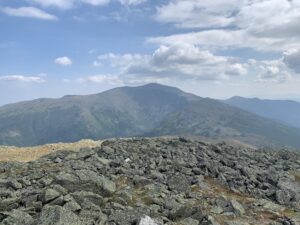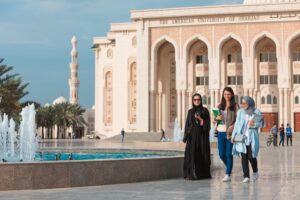US Invasion of Iraq
The US-led invasion of Iraq in 2003 led to many unintended consequences such as a rise in extremism and a shift in power dynamics within the MENA region. In the lead-up to the US invasion, the United States government started to create a narrative about the Iraqi state that it was 1) connected to Al-Qaeda and the 9/11 attacks and 2) despite UN sanctions and inspections, the state had an active weapons program. These accusations were largely inaccurate. It was concluded that in the 9/11 attacks, there was no collaboration between Al-Qeda and Iraq. After more investigation, it was also concluded that there were no active weapons programs in Iraq, however, the United States continued its narrative that Iraq was an international security threat and continued through with its plan to invade Iraq.
Rise of Extremism and Regional Politics
The invasion successfully removed Saddam Hussein and his regime from Iraq and tried to institute a more democratic republic. The absence of Saddam Hussein created an opening for extremist groups to establish themselves in the absence of a strong, authoritarian leader. Extremist groups had the opportunity to exploit the instability of Iraq by expanding their influence. This allowed extremist groups like Al-Qaeda in Iraq (AQI) which evolved into the Islamic State of Iraq and Syria (ISIS) to gain a foothold in the country that they didn’t have with Hussein in power. The invasion also intensified the tensions between Sunni and Shia Muslims in Iraq. When the US invasion disbanded the Iraqi army and expelled the Ba’ath party from government positions, this affected the Sunnis who had been favored under Hussein. This fueled Sunni support for extremist groups.
The rise of extremism in Iraq had regional consequences because it led to an increase in terrorist attacks against US forces and Iraqi civilians. These attacks even further destabilize the region after the loss of power like Hussein, spreading instability across the region to states like Syria, Lebanon, and Jordan. Sunni communities felt marginalized by the new Shia government which fueled the environment of fear and resentment that extremist groups thrive off of. This resulted in a rise of threats to Shia communities by these newly powerful extremist groups.
Why Does This Matter?
The outcomes of the 2003 invasion of Iraq are significant because they had a lasting impact on the region. ISIS is a known terrorist organization that is responsible for attacks on civilians, mass killings, enslavement, and sexual violence (UN Security Council reports). The rise of extremist groups like ISIS was made possible through the US invasion and continues to pose a threat to global stability. Regional stability was affected by the removal of Saddam Hussein which gave an opening for the Shia-led government to fill the place of Hussein’s, Sunni, government. The power shift highlighted the sectarian divisions and resulted in an increase in violence between the two groups.
This instability was felt in surrounding countries where Saudi Arabia and Jordan were concerned about the rise in Shia power within Iraq and the possibility of them aligning with Iran, increasing Shia representation in the region. The rise of AGI (eventually ISIS) brought chaos and instability to Iraq and terrorism to surrounding countries. This is important because the invasion increased US military presence in the region which lasted for decades. Iranian influence also rose leading to regional distrust of the United States and its military strategies.
https://www.securitycouncilreport.org/un-documents/iraq/

